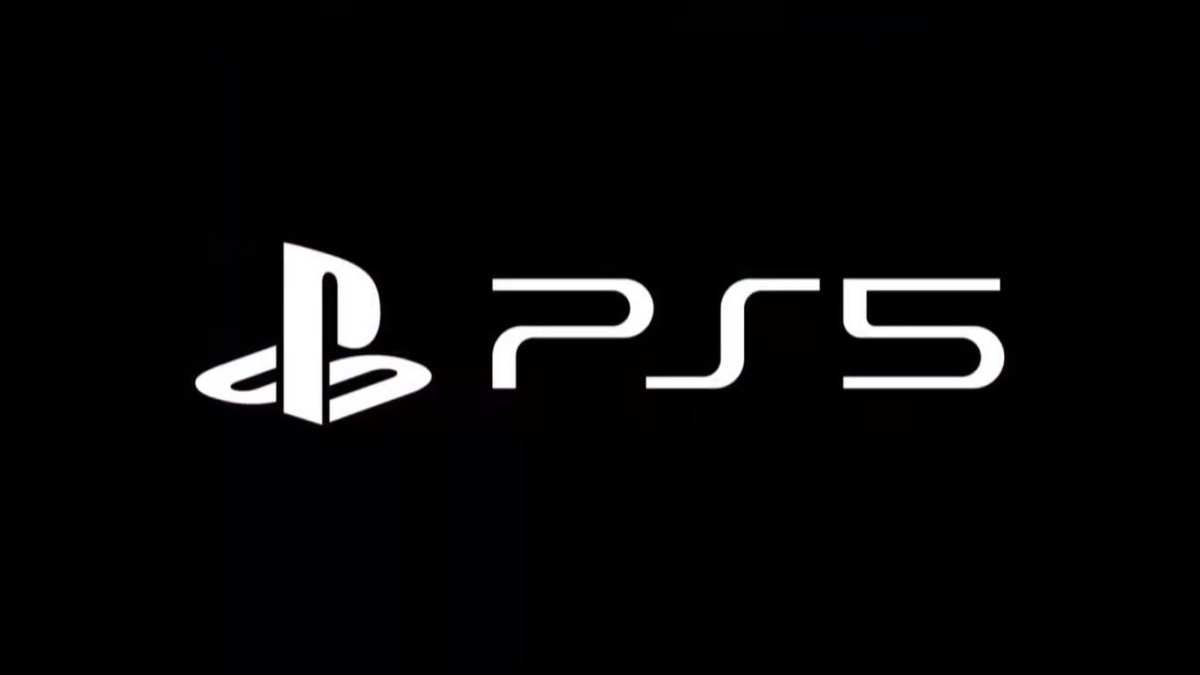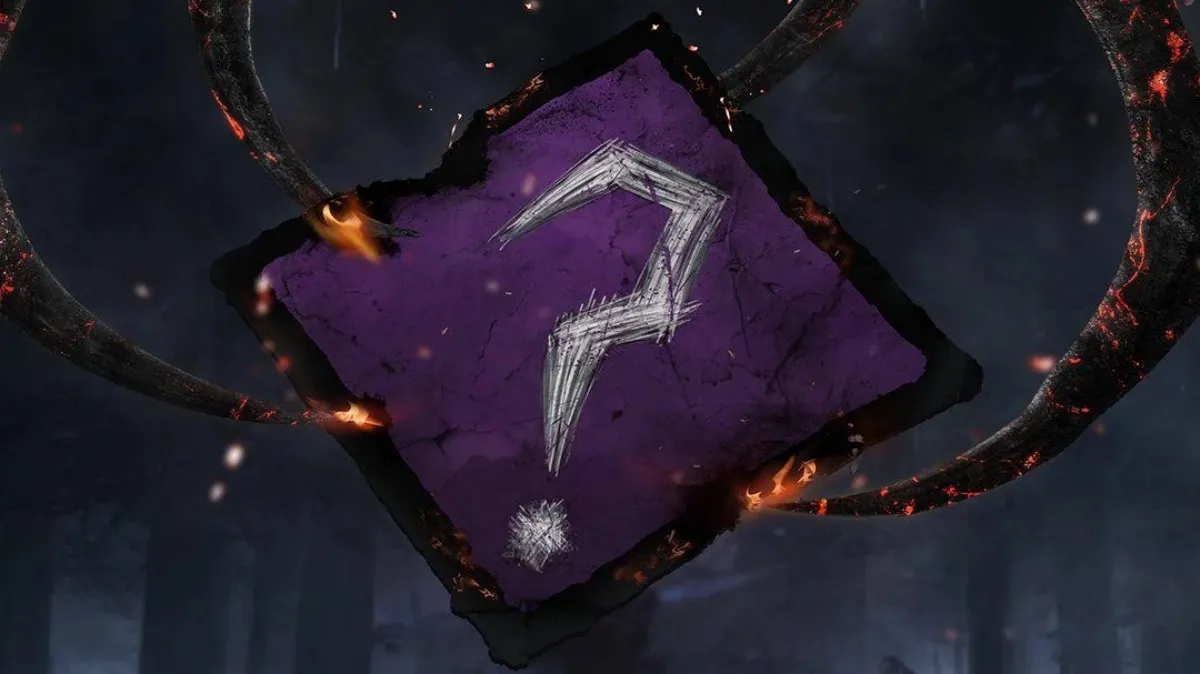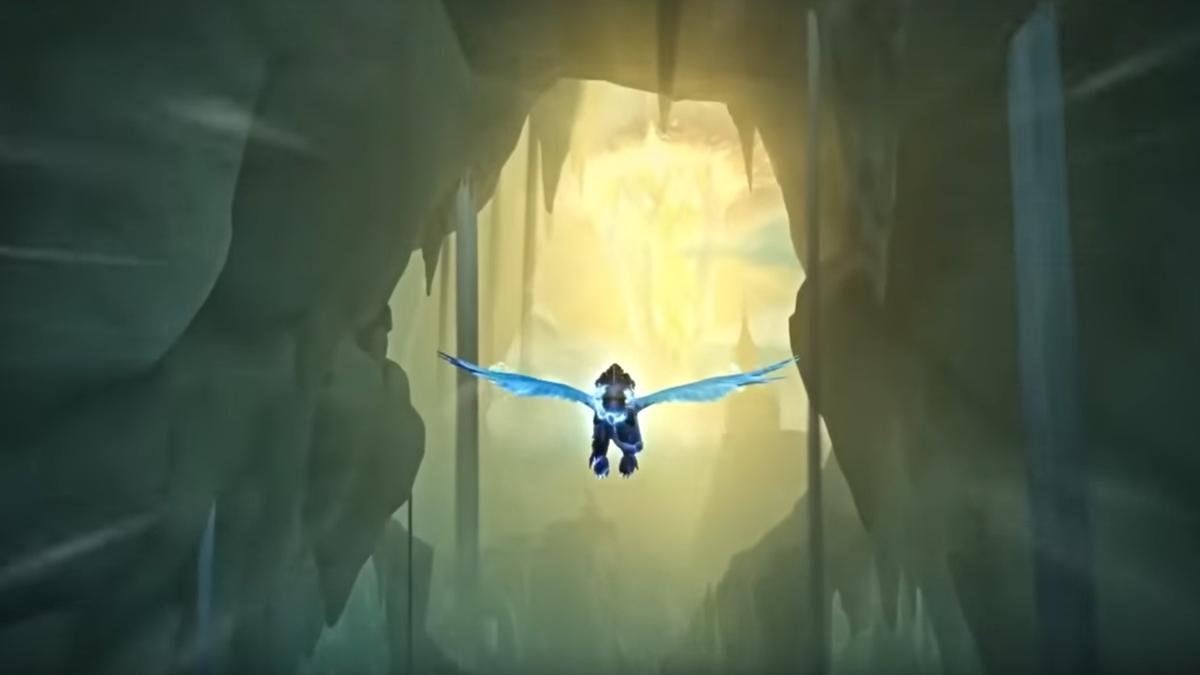Today Sony Interactive Entertainment hosted a presentation about the upcoming next-generation console, the PS5.
The presentation was done directly by system architect Mark Cerny, and you can watch the full video at the bottom of the post.
We hear that the feature most requested by the developers was the SSD.
Speaking of developers, Cerny mentioned that the “time-to-triangle,” meaning the time required for developers to reach the full production was reduced to under a month has been reduced to under a month from 1-2 months with the PS4. This was achieved by balancing evolution and revolution.
As you can see from the tables below, Cerny mentioned that the SSD is “blindingly fast.”
The SSD is so fast that it’s enough to load assets and textures of the objects behind a player while the player turns around.
The use of the SSD instead of an HDD provides more freedom to developers that don’t need to struggle with loading and streaming times while designing levels.
This also allows using system memory much more efficiently. Speaking of memory, the PS5 will have 16 GB of GDDR6 RAM.
In order to help out the SSD in achieving the required speed Sony introduced a custom flash controller, 6 levels of priority when accessing storage, and a twelve channel interface. The SSD’s size is 825 gigabytes.
A custom Kraken decompressor was included in the I/O unit, alongside a dedicated DMA controller, two I/O coprocessors, on-chip SRAM, and coherency engines.
The result is that the base I/O aims to be 100% faster and the console will support certain commercial M2 SSD units to expand your storage.
Not all M2 SSD will work, and Sony will communicate those that will after they benchmark the new units that will be released at the end of the year.
Speaking of the GPU, it’s a custom AMD one based on the RDNA2 architecture.
Teraflops and CU (compute units) counts aren’t the best indications of pure performance, according to Cerny.
About backward compatibility, the console will include PS4 and PS4 Pro legacy modes. Sony expects almost all of the top-100 PS4 games to be playable at launch.
PS5 includes a “Geometry Engine” that can handle optimization and primitive shaders.
Ray Tracing is supported by the Intersection Engine that handles a BVH acceleration structure built into the compute units.
Ray tracing isn’t strictly required for PS5 games, but it can be used in several ways, from audio to visuals. It’s not fully known yet how far the PS5 will manage to go with it, but Cerny is “bullish” as he already saw a game that can use ray tracing-based reflections in complex animated scenes with a small performance cost.
The GPU has 36 RDNA2 compute units that equate to 58 PS4 compute units. The chip also consistently runs in boost mode energy-wise with variable frequency.
The chip also uses AMD SmartShift tech to send unused power from the CPU to the GPU.
GPU frequency is capped at 2.23 GHz, providing 10.3 teraflops of power at that cap. The CPU is capped at 3.5 GHz. It will run a bit lower on the first PS5 games, but not that much lower.
The PS5 supports hundreds of advanced sound sources and takes on the challenges of “presence” and “locality” providing the “feeling of actually being there” and more immersion providing precise information about where a sound is coming from to the user. The aim is to have 3D audio for all, not only those who have advanced sound equipment.
The console includes the Tempest Engine for audio and it’s close to the SPU-like architecture on the PS3. It has comparable power to all eight Jaguar cores on the PS4.
Headphone audio implementation is nearly completed and is the gold standard for now, while Sony is in the process of implementing virtual surround for TV speakers. Some of the PS5 games in development are extensively using these systems.
At the PS5’s launch, the console will let you select among HRTF setups with a simple test in order to have the best surround effect. Over the next few years, this will be improved further as the Tempest tech improves.
You can watch the full video below, alongside a table with the technical specs.
The PS5 is expected to launch during this year’s holiday season.












